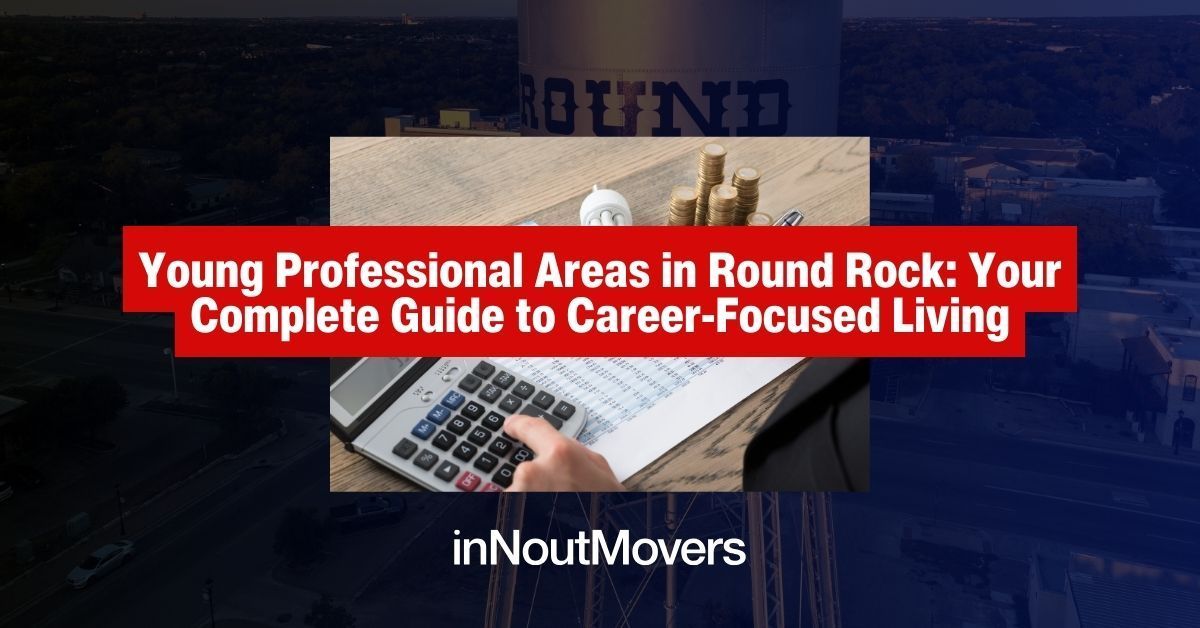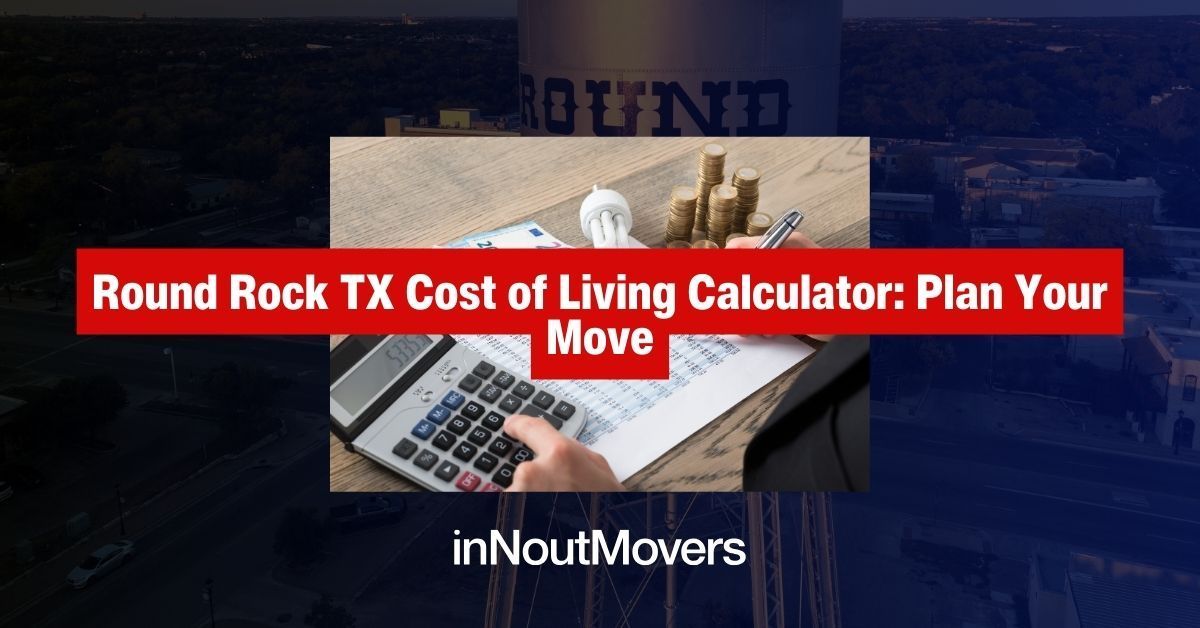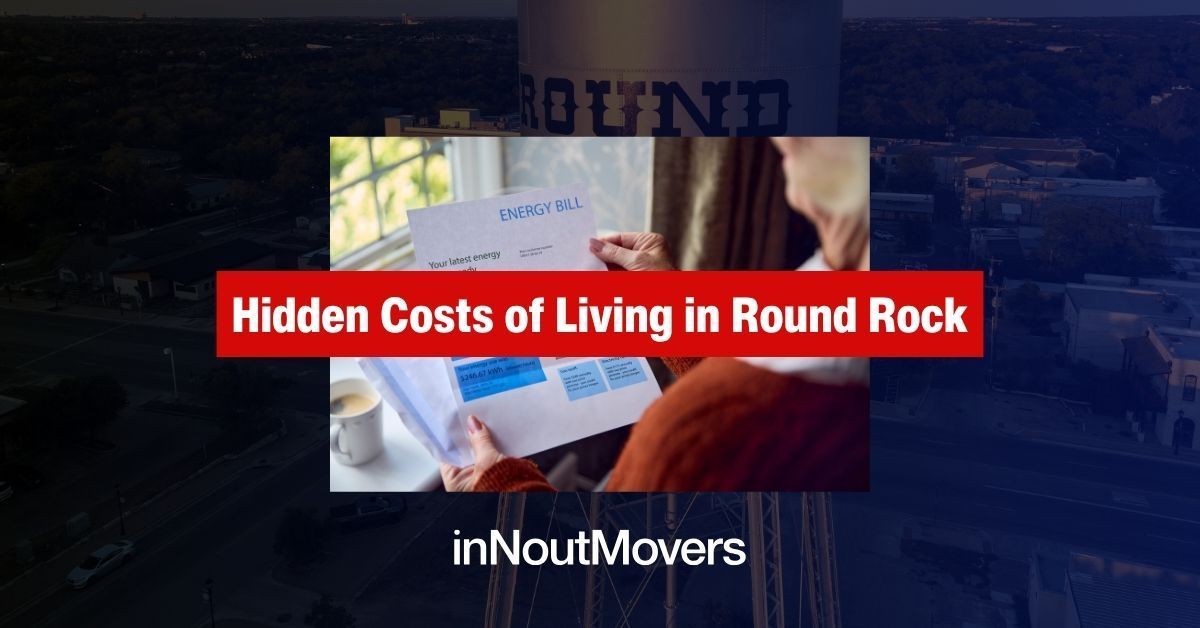How Much Do Movers Cost In Leander
Darion Pugh • August 25, 2022
The cost of movers can vary depending on a number of factors. The most important factor is the amount of stuff you have to move. The more stuff you have, the more it will cost to move it. Other factors that can affect the cost of your move include the distance you are moving, the time of year you are moving, and number of movers needed for your move.
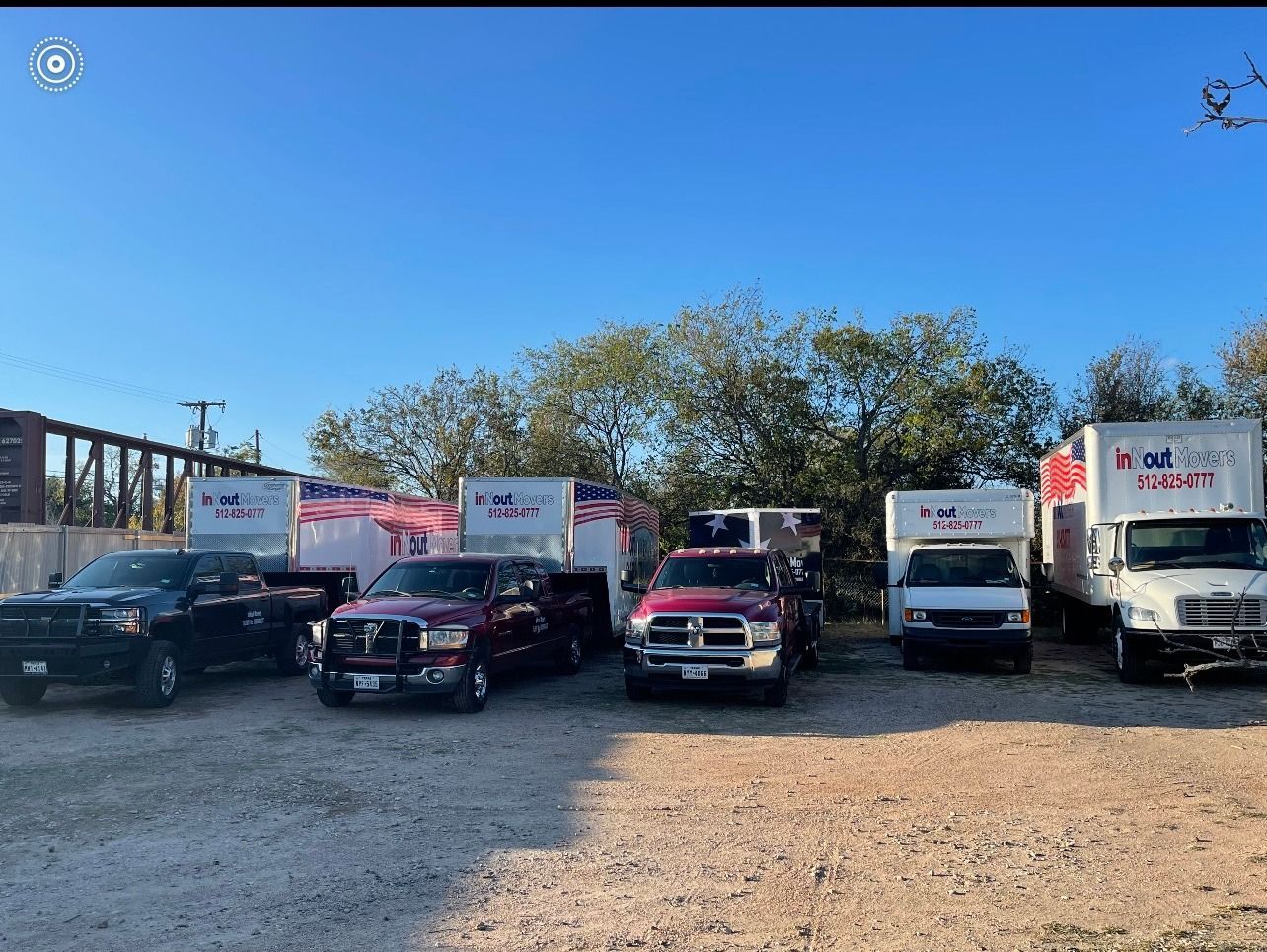
What Kind Of Moving Services Do You Need?
If you have a lot of stuff to move, you will likely need to hire a full-service moving company. A full-service moving company will provide you with a team of movers who will pack up your belongings, load them onto a truck, and deliver them to your new home.
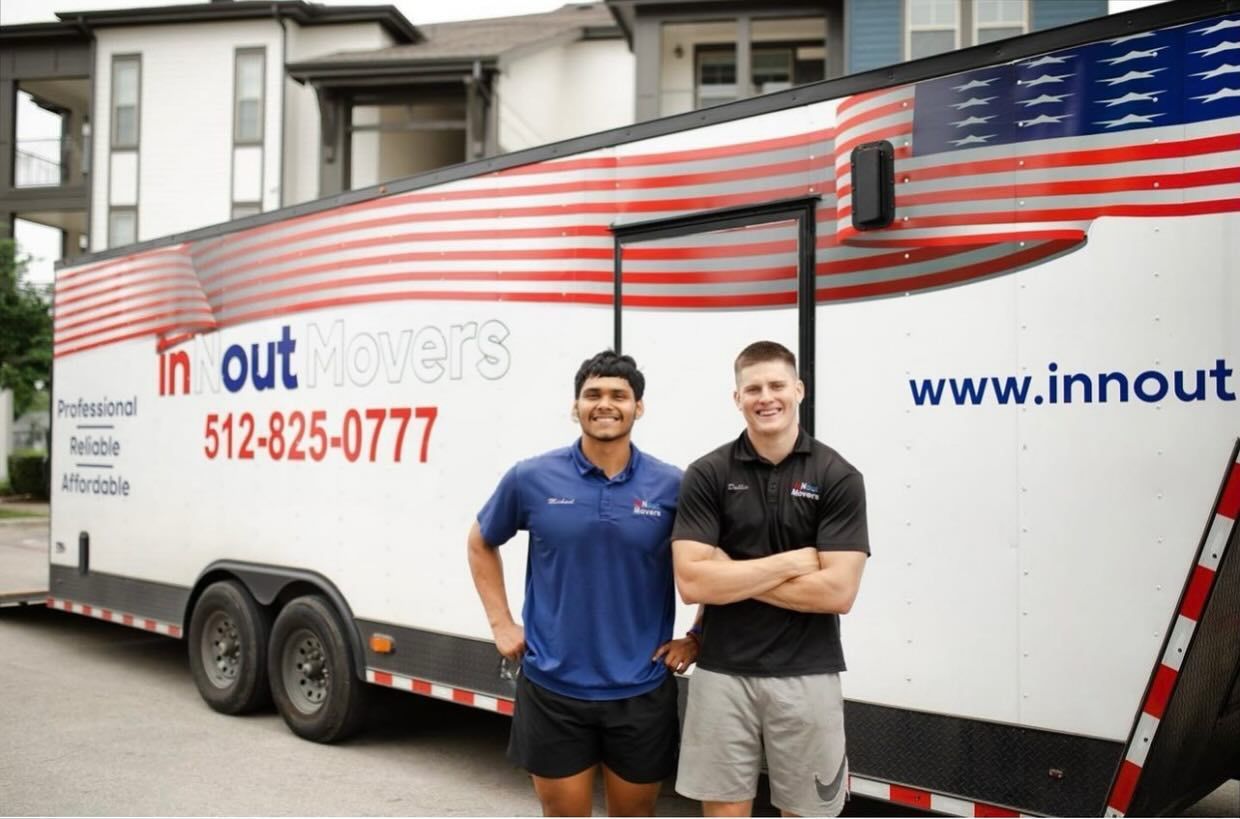
If you do not have a lot of stuff to move, you may be able to get by by hiring a moving truck and doing the move yourself. Just remember that it’s a lot of hard work to move. You might end up injuring yourself or damaging your belongings. The cost of renting a moving truck will depend on the size of the truck you need and the distance you are moving. You will also need to factor in the cost of gas and any other expenses associated with the move.
The time of year you are moving can also affect the cost of your move. Moving during the summer months tends to be more expensive than moving during the winter months. This is because demand for movers is higher during the summer months.
Local VS Long Distance Moves In Leander, TX
Local moves are typically the cheapest, as they generally only involve a few hours of work for the movers. Long-distance moves are much more expensive, as they require the movers to travel a longer distance and often stay overnight in hotels.
The size of your home is also a major factor in the cost of your move. The larger your home, the more furniture you have, and the more difficult it will be to move everything. This means that it will take the movers longer to complete the move, and they will charge you more for their services.
Relocating can be a very stressful experience, whether it is moving down the street or across the country. There are many things to think about when moving and it is important to choose the right type of mover that will fit your needs. Here is a guide to help you understand the difference between local and long distance movers and how to choose the right one for your move.
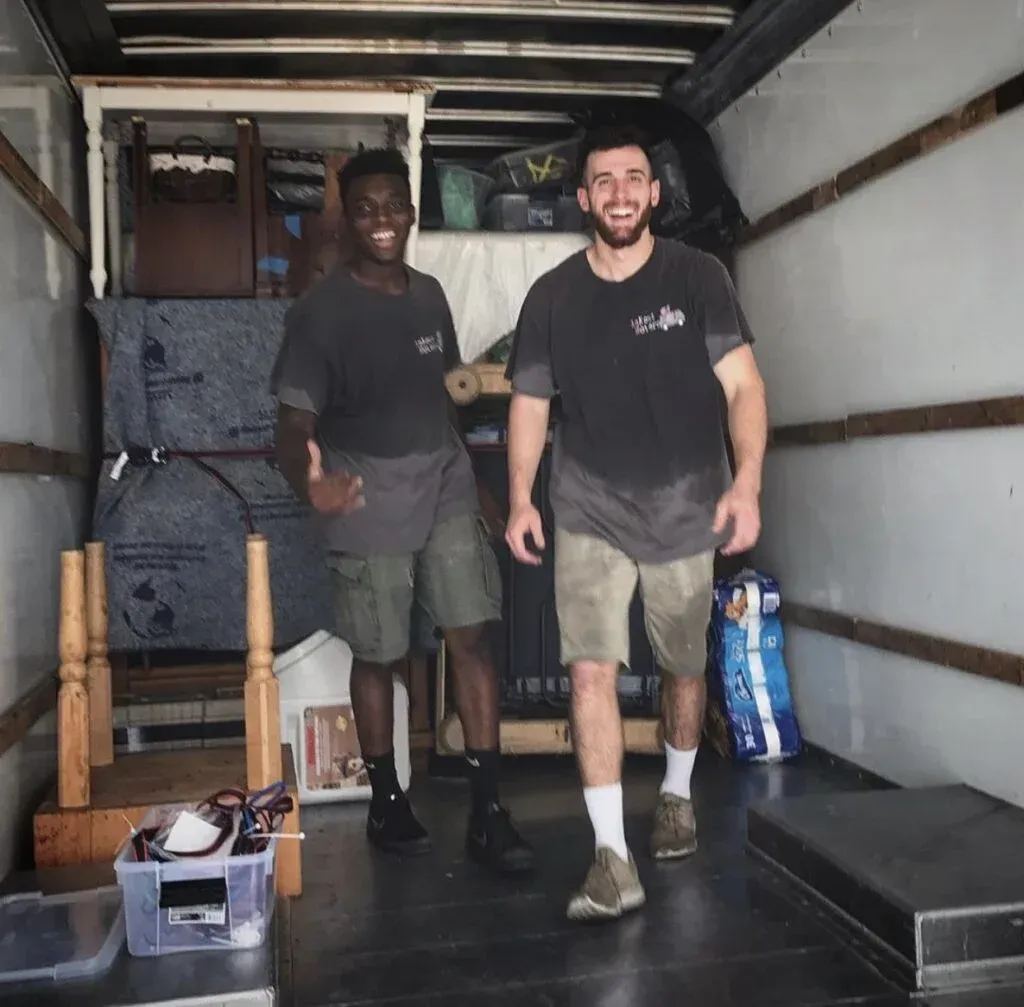
Local Movers In Leander, TX
A local move is defined as a move that is within a 100-mile radius from the origin of the move. Local moves are typically less expensive than long distance moves because the movers do not have to travel as far and the move can be completed in a shorter amount of time.
There are many benefits to using local movers. One benefit is that they are familiar with the area and know the best routes to take to get to your new home. They will also be familiar with the local laws and regulations regarding moving and will be able to get your belongings moved quickly and efficiently.
Another benefit of using local movers is that they can usually provide you with a storage option if you need it. This can be helpful if you are not able to move into your new home right away or if you need to store some of your belongings while you are getting settled into your new home.
Long Distance Movers In Leander, TX
A long distance move is defined as a move that is over 100 miles from the origin of the move. Long distance moves are typically more expensive than local moves because the movers have to travel further and the move will take longer to complete.
The best long distance movers are experienced and know how to properly pack and ship your belongings. They will also be familiar with the laws and regulations regarding long distance moves. This will help them get your belongings moved quickly and efficiently.
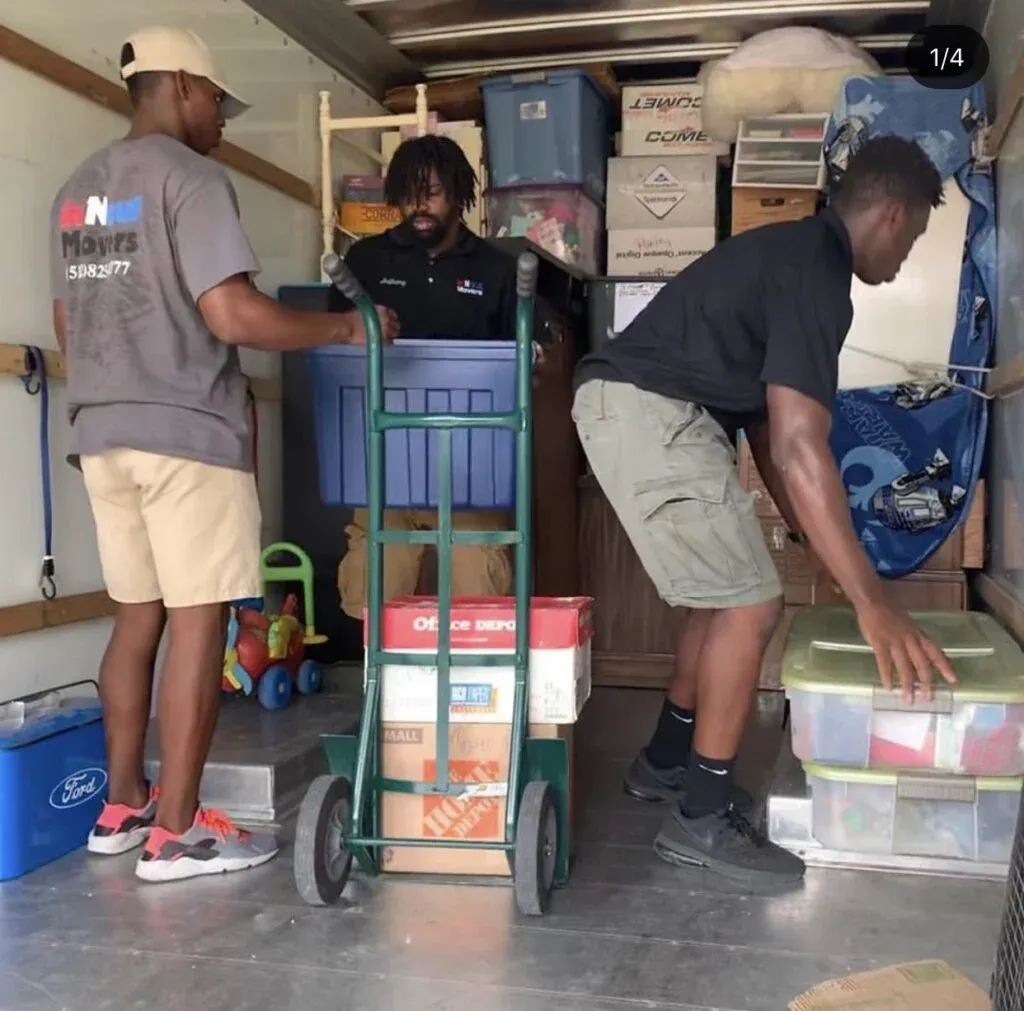
If you are looking to move locally, the cost of your average local movers are $200-$500 for a studio/one-bedroom apartment. Long distance costs are mainly calculated by the weight of your items rather than the residential space. As a general rule of thumb, it will cost you $0.70 per pound of items being shipped over every 1,000 miles. For example, a two-bedroom house would weigh between 5,000 to 6,000 pounds. If you need to transport your items across 1,000 miles, the cost of hiring long distance movers for your two-bedroom house would be $3,500 to $4,200.
These are estimated costs that can help you set your budget. There are other additional fees and tips that you would need to factor in for your particular move. If you want to leave everything up to the movers, as mentioned above, you’re looking at a full-service move. Otherwise, you should only opt for the moving services you need.
Moving? Look For Professional Movers In Leander, TX
When you are looking for movers, there are a few things that you should keep in mind. First, you want to make sure that the company is reputable and has a good track record. You also want to make sure that they are insured and bonded. This will protect you in case anything goes wrong during the move. Finally, you want to make sure that the price is right.
There are a few different ways to find out about a moving company. You can ask friends and family for recommendations. You can also look online for reviews. This can be a great way to get an unbiased opinion about a company. Once you have found a few companies that you are interested in, you should call them and get quotes. Make sure to ask about any hidden fees or charges. You also want to make sure that the company is willing to do a walk-through of your home. This will allow them to give you an accurate estimate of the cost of the move.
When you are getting quotes, you should also ask about the company’s experience. You want to make sure that they have experience moving homes like yours. You also want to make sure that they have the proper equipment to do the job. This includes things like dollies and straps. Once you have found a company that you are comfortable with, you should set up a time for them to come and do the move. Make sure that you are available to answer any questions that they may have. You also want to make sure that you are organized and have everything ready to go. This includes things like packing materials and boxes.
When the movers arrive, you want to make sure that they are professional. You also want to make sure that they are respectful of your belongings. Tip them well for their services. This is something that you should do if the move goes smoothly. These are just a few things that you should keep in mind when you are looking for movers.
Additional Packing Services You May Need
There are many things to think about and remember when you are moving. One important thing to keep in mind is that you may need to hire additional moving services to help you with your move. Here are some of the most common additional moving services that you may need to hire:
1. Packing services: If you are short on time or just don’t feel like packing up all of your belongings, you can hire a packing service to do it for you. They will pack up all of your belongings securely and safely so that they arrive at your new home in one piece.
2. Unpacking services: Once you arrive at your new home, you may not feel like unpacking all of your boxes. If this is the case, you can hire an unpacking service to do it for you. They will unpack all of your boxes and put everything away in its proper place.
3. Loading and unloading services: This is also known as labor-only services which can include packing and unpacking as well. Movers can help you with all of the heavy lifting, and they can also help you with packing and unpacking your belongings. If you hire professional movers, they’ll do all of the heavy lifting for you. They’ll load your belongings onto the moving truck and then unload them at your new location. This is a great option if you want to avoid the hassle of doing it yourself.
3. Storage services: If you are not moving into your new home right away, you may need to store some of your belongings. You can either rent a storage unit or you can hire a storage service to store your belongings for you.
4. Cleaning services: If you are moving out of a rental property, you may need to hire a cleaning service to clean the property before you leave. This will ensure that you get your security deposit back and that the property is left in good condition.
5. Assembly and disassembly services: One of the first things you’ll need to do when you’re moving is to disassemble your belongings. This means disassembling all of your large and awkward furniture so that they can be moved. It’s important to properly pack your belongings so that they don’t get damaged during the move. Assembling and disassembling furniture can be a time-consuming and tedious task, especially if you have a lot of it. Using a professional assembly and disassembly service can take a lot of the stress out of the process, and ensure that your furniture is moved safely and securely.
6. If you’d prefer to do the packing and loading yourself, you can hire a company to just do the driving for you. This can be a good option if you’re moving a long distance, or if you’re not comfortable driving a big truck. Just be sure to pack your belongings carefully and securely, and to load the truck properly to avoid damage during transport.
7. Moving insurance: If you are concerned about your belongings being damaged or lost during your move, you can purchase moving insurance. This will protect your belongings in case anything happens to them during the move. These are just a few of the most common additional moving services that you may need to hire. Be sure to research each option so that you can choose the best one for your needs.
8. Do-it-yourself moving: If you have the time and energy, you can do the whole move yourself. This can be a great option if you’re on a tight budget, or if you’re moving a relatively short distance. Just be sure to pack your belongings carefully and securely, and to load the truck properly to avoid damage during transport. And be prepared for a lot of work!
Plan Your Move Properly
Planning a move can be a daunting task, but with a little bit of planning and organization, it can be a relatively stress-free experience. Here are a few tips to help you plan for your move:
1. Set a budget. Moving can be expensive, so it’s important to set a budget and stick to it. Make a list of all the potential costs associated with your move, including things like renting a truck or storage unit, hiring movers, packing supplies, and more.
2. Choose a moving date. Once you have a budget in mind, it’s time to choose a moving date. If you’re flexible, try to choose a date that falls during the off-peak season for movers (typically mid-September to mid-May). This can help you save money on your move.
3. Start packing and start early. Start packing up your belongings well in advance of your move date. The sooner you start planning for your move, the better. This will give you plenty of time to research different removal companies, get quotes, book your chosen company in advance, and help you stay organized and avoid last-minute packing.
4. Hire a moving company. Once you have a budget and date set, it’s time to start looking for a moving company. Get quotes from several different companies and be sure to read reviews before making your decision.
5. Choose a date: Once you have chosen a removal company, agree on a date for the move. It is important to choose a date that is convenient for both you and the removal company.
6. Stay organized Moving can be chaotic, but it’s important to stay as organized as possible. This will help make the unpacking process much easier.
7. Make a list of things to do before you move. In the weeks leading up to your move, there are a few things you’ll need to take care of, like canceling your utilities, transferring your mail, and more. Make a list of these things so you don’t forget anything.
8. Take inventory of your belongings It can be helpful to take an inventory of your belongings before you move. This will come in handy if you need to file an insurance claim for any lost or damaged items.
9. Pack your belongings: Start packing your belongings a few weeks in advance of the move. This will help to make the moving process much easier and less stressful. Be sure to label all boxes with their contents and the room they are to be placed in at your new home.
10. Have a plan for your pets. If you have pets, you’ll need to make arrangements for them during your move. This may include finding a pet-friendly hotel for the night or arranging for someone to take care of them while you’re moving.
11. Make arrangements for your children. If you have children, you’ll need to make arrangements for their care during the move. This may include finding a babysitter or daycare.
12. Don’t forget to change your address with the post office and update your contact information with friends, family, and businesses. You may also need to update your driver’s license and registration.
13. Pack an overnight bag. On the day of your move, pack a bag with everything you’ll need for the first few days in your new home. This should include things like clothes, toiletries, and medications.
14. Clean your current home: Before you leave your current home, be sure to do a thorough clean. This will make it easier for the new tenants/owners.
15. Have everything ready for moving day: On the day of the move, make sure to have all of your belongings packed and ready to go. The movers will do the heavy lifting, but you will need to be prepared for when they arrive.
16. Say goodbye to your old home. Once everything is packed, say goodbye to your old home. This is a good time to take one last look around and say a final goodbye.
17. Get settled into your new home. Once you arrive at your new home, take some time to unpack and get settled in. This may take a few days or weeks, but eventually, you’ll feel right at home.
InNout Movers: Your Texas Relocation Experts
